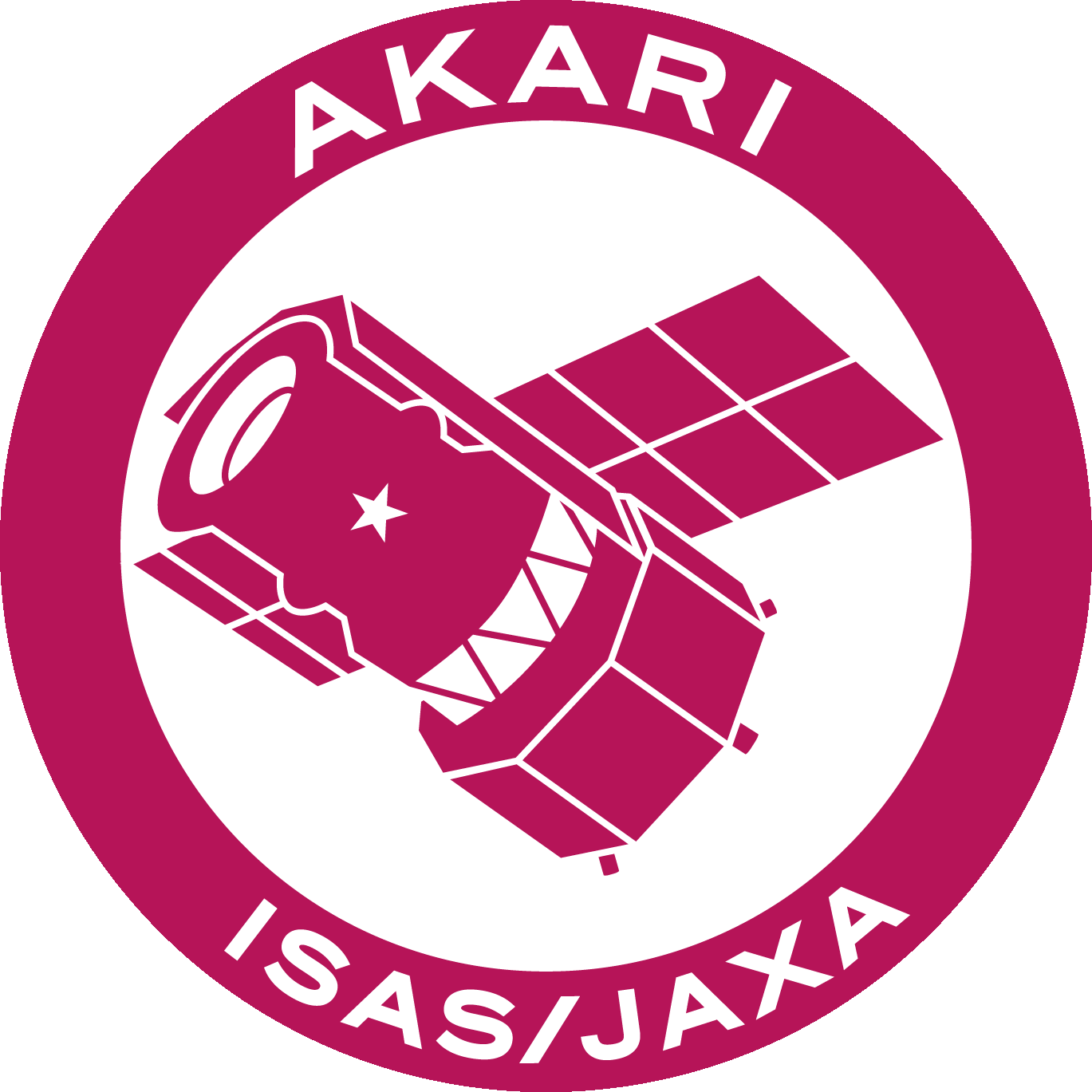Topics
Initial Results from Performance Verification (PV) Phase
The infrared satellite AKARI (formerly ASTRO-F) of the Japan Aerospace Exploration Agency (JAXA), which was launched from the Uchinoura Space Center on the 21st of February (UT), captured light for the first time when the telescope aperture lid was opened on the 13th of April. After the aperture lid was jettisoned the instruments became fully operational and their performance was confirmed. Following this, the telescope focus adjustment and the optimization of the attitude control system, etc., were successfully carried out.
We have moved from the performance verification (PV) phase to Phase 1 (real observations) of the mission. Infrared images of world class resolution and sensitivity has been presented to the general public.
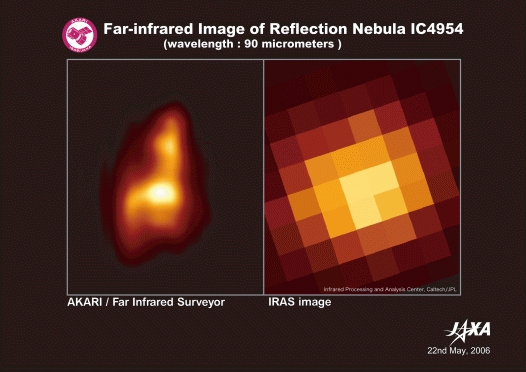
Figure 1: Far-Infrared Image of the Reflection Nebula IC4954.
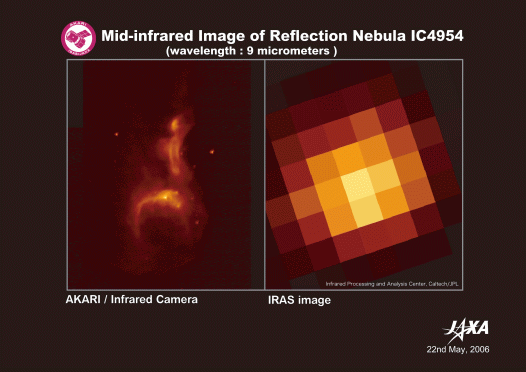
Figure 2: Mid-Infrared Image of the Reflection Nebula IC4954.
Images of the reflection nebula IC4954 taken by the two on-board instruments, the Far-Infrared Surveyor (FIS) and the near- and mid-Infrared Camera (IRC). The observed wavelengths are 90 and 9 microns, respectively. The region is at a distance of about 6000 light years and extends more than 10 light years. Star formation has been taken place in this region over several million years. In the infrared images, we can see individual stars that have recently been born. These stars are embedded in gas and dust and cannot be seen in visible light. We can also see the gas clouds from which the stars are made.
The two pictures compare the image taken by AKARI in the left and that by the IRAS[1] satellite in the right. AKARI is able to take images with much higher resolution than the previous infrared astronomical satellites and will provide us with much more precise information about this star forming region.
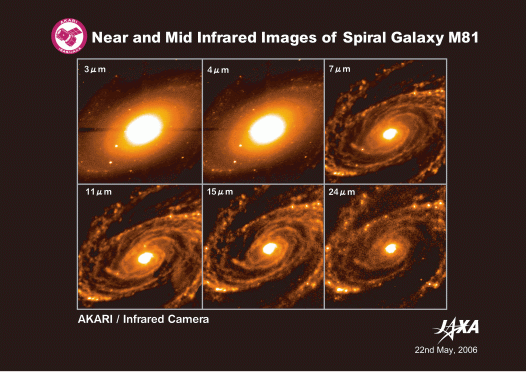
Figure 3: Near- and mid-infrared images of the galaxy M81.
Infrared images of the galaxy M81 taken by the near- and mid-Infrared Camera (IRC). The observed wavelengths are 3, 4, 7, 11, 15, and 24 microns, respectively. M81 is a spiral galaxy at a distance of about 12 million light years from us. The images at 3 and 4 micron show the distribution of stars in the inner part of the galaxy without any obscuration from intervening dust clouds. At 7 and 11 microns we see the radiation from organic materials in the interstellar gas of the galaxy. The distribution of the dust heated by young hot stars is exhibited in the images at 15 and 24 micron, showing that the star forming regions sit along the spiral arms of the galaxy.
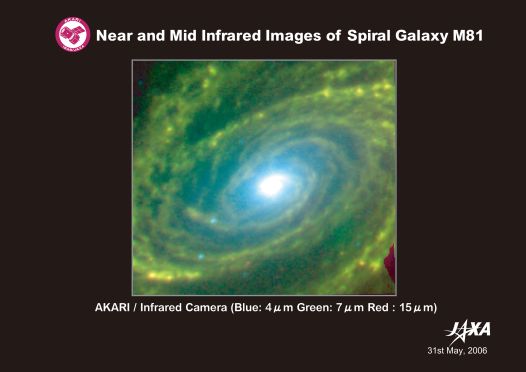
Figure 4: Near- and mid-infrared three-color composite image of the galaxy M81.
- IRAS (InfraRed Astronomical Satellite): The first Space mission for Infrared Astronomy by USA, United Kingdom, and the Netherlands, launched in 1983. The mission produced infrared maps of the Universe that has been used until now.
Materials
- Figure 1 (© JAXA)
- Figure 2 (© JAXA)
- Figure 3 (© JAXA)
- Figure 4 (© JAXA)


